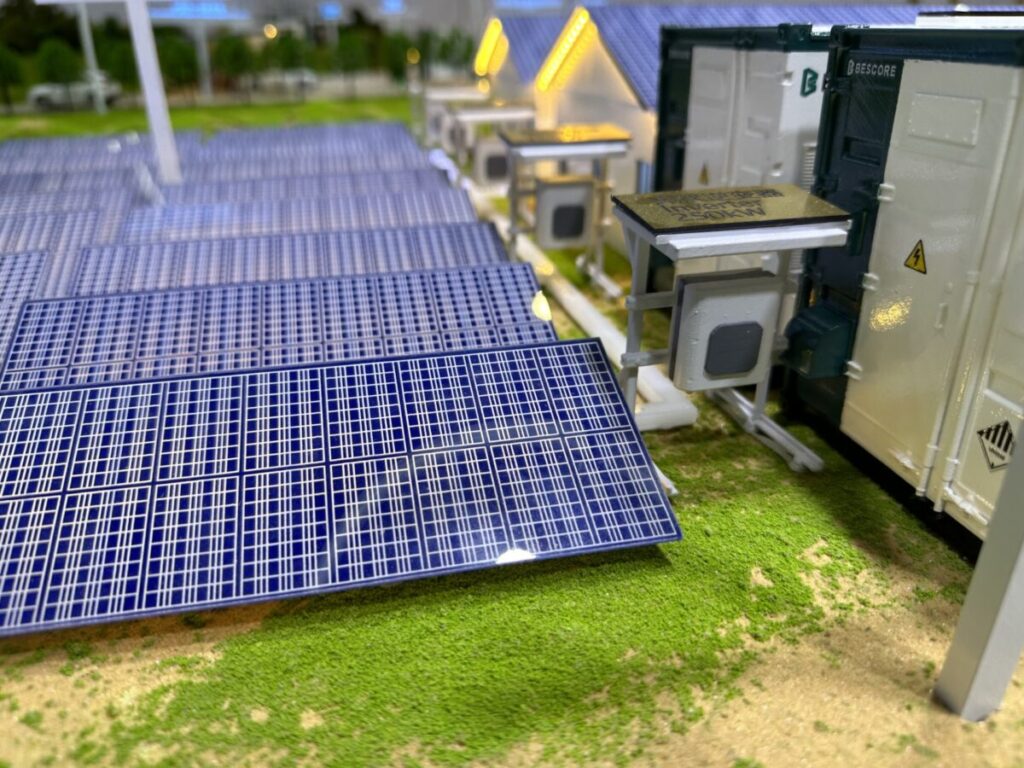Researchers have developed a quantum particle swarm optimization algorithm for maximum powerpoint tracking, which reportedly generates 3.33% more power when tested at higher temperatures and 0.89% more power when tested in partial shade compared to conventional swarm optimization algorithms.
An international research team has developed a quantum computing-based particle swarm optimization (PSO) algorithm for real-time implementation of Maximum Power Point Tracking (MPPT) in PV systems.
The scientists explained that the quantum version of the PSO algorithm takes advantage of the high speed of quantum computers and reduces the interval of random numbers in subsequent stages to prevent premature convergence. “A detailed implementation of the quantum aspect of the solution is provided using qubit states instead of classical particles and performing qubit spins using the y-axis rotation gates to perform the movements on the qubit states to to look for the optimal solution,” they explained.
In quantum computing, a qubit or quantum bit is a basic unit of quantum information. It is the quantum mechanical analog of a bit in classical computing, based on binary digits.
The proposed quantum particle swarm optimization (QPSO) algorithm is based on Schrödinger’s equation – a differential equation that defines the behavior of wave functions in quantum mechanics.
“Simulating the behavior of human intelligence, rather than that of a flock of birds or a school of fish, requires capturing the thought processes of a complex social organism, which cannot be adequately described by a linear equation of evolution,” said the researchers. to describe the working principle of the algorithm. “It is believed that human thinking is as uncertain as a particle with quantum behavior.”
The group tested the performance of the algorithm via Matlab Simulink software in a simulated PV array based on four 213 W solar panels. It was found that the QPSO algorithm shows a strong ability to maintain performance close to that of conventional PSO under different environmental conditions. “It performs well in terms of energy optimization and maintaining system activity, as indicated by the power output and duty cycle values under both optimal and challenging conditions,” the academics added, noting that the proposed algorithm also “ more prominent” computer requirements.
They also found that although the power achieved by the conventional PSO algorithm was approximately 0.15% higher than that of the QPSO algorithm under the same conditions, the QPSO was able to beat the conventional PSO in more challenging conditions.
“Specifically, the quantum algorithm generates 3.33% more power when tested at higher temperatures and 0.89% more power when tested with partial shade,” they pointed out. “In addition, the quantum algorithm exhibits lower duty cycles, with a reduction of 3.9% under normal operating conditions, 0.162% when tested at high temperatures and 0.54% when tested in partial shade.”
The new algorithm was described in the study “Quantum Maximum Power Point Tracking (QMPPT) for optimal solar energy harvesting,” published in Systems and soft computing. The research group included scientists from Algeria’s École Nationale Polytechnique and École Nationale Supérieure de Technologies, Canada’s Université du Québec à Trois-Rivières and the Norwegian Research Center.
“Despite the marginal advantage of the classical algorithm in terms of power under normal conditions, the quantum algorithm illustrates superior performance on all other metrics, achieving higher power values and consistently lower duty cycle records, indicating excellent overall efficiency,” they concluded the scientists. “Future work could explore adaptive algorithms that dynamically adapt to changing environmental conditions, improving efficiency and reliability.”
This content is copyrighted and may not be reused. If you would like to collaborate with us and reuse some of our content, please contact: editors@pv-magazine.com.

